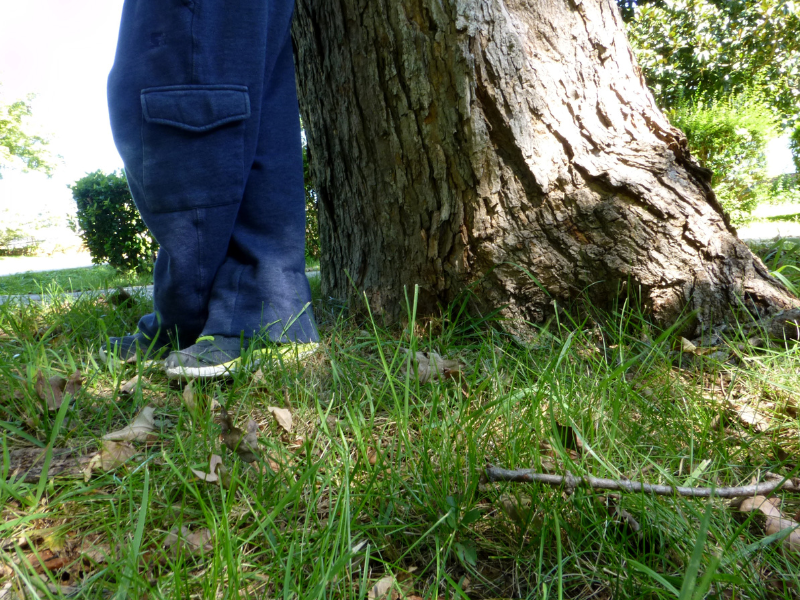There could be times when you will need to evacuate the area you live in.
This includes disasters such as:
- Fires
- Flooding
- Gas Leaks
- Earthquakes
- Tornadoes
- Hurricanes
It is vitally important that you prepare for the possibility of an evacuation. The terrible stories of Hurricane Katrina make it very clear that you should not rely solely on government or other entities for help. It is true that in most cases there will be help, but it is painfully obvious that this is not always the case. Here are a few things you can do to prepare:
1. Make a family communication plan
Your plan should be well rehearsed by everyone in your family so that there is no question as to who to call and what to do. This can help you and your loved ones with coping in an emergency situation. This will also allow for a quick head count as some family members may be gone during a disaster. For instance, your spouse could be at work and you may need to rely on them to help you and the other family members as they may have access to resources you may need.
2. Agree on a meeting place
There may be times when communication devices will not function correctly. If you have agreed on a meeting place, each person can feel safe when they have met in the proper place without having to worry about coordinating with others that they were not able to contact. This place could be different depending on the emergency. If the emergency is a house fire, it could be just to meet by the mail box in front of your home. If you are required to evacuate the area, it could be to meet at the home of a relative or friend that lives in a safer area.

3. Store "Grab N Go" supplies
Keep 72-Hour-Kits for each member of the family in a safe place that is easily accessible in the case of an emergency. You may want to also keep these in your car. The kits should have everything they need to survive for 72 hours. Including food, water, shelter, sanitary supplies, medications, and clothing. Don't forget to include a good first-aid kit in your 72-Hour kit. Most people remember to store food, but neglect a good, pure water supply. Remember that you can live longer without food than you can without water.
4. Choose an out-of-area contact
There may be cases where there won't be a practical place to stay, locally. You will want to maintain an out of state emergency contact so that you can make arrangements with them to help you during a disaster.
5. Make a map of your building's floor-plan with routes to the nearest exit.
An easy map can be posted in the main areas of your home or building. Most people understand how to get out of a home quickly but a high rise building can be another thing all together. The disaster could happen while you are at work or at school. Don't neglect the need to be familiar with alternative exits in your place of work. You may not be able to use the usual ones.

6. Understand the local road system, and plan different routes of evacuation.
There will likely be roads closed in an emergency in order to keep people from driving into the disaster area. This means you will probably need to use an alternate route out of the area. Make sure you are aware of at least three different ways out of your neighborhood or city.
7. Make sure you have light and communication devices handy.
The only way you will know which roads have been closed is by listening to the radio or some other media device. Many hand held devices include a navigation system, however, the power in these devises can be used up quickly. Also, the disaster could happen at night which means you will need to have access to light. I recommend a dynamo powered radio and light. (One that you can crank to charge.) These can range from the very powerful, to the simple. Dynamo power is useful as you will always have access to it. Some of these devices also have solar power which will make it easier to use during the day. What ever the situation, make sure you are ready.
Don't wait until it's too late!













.png)



